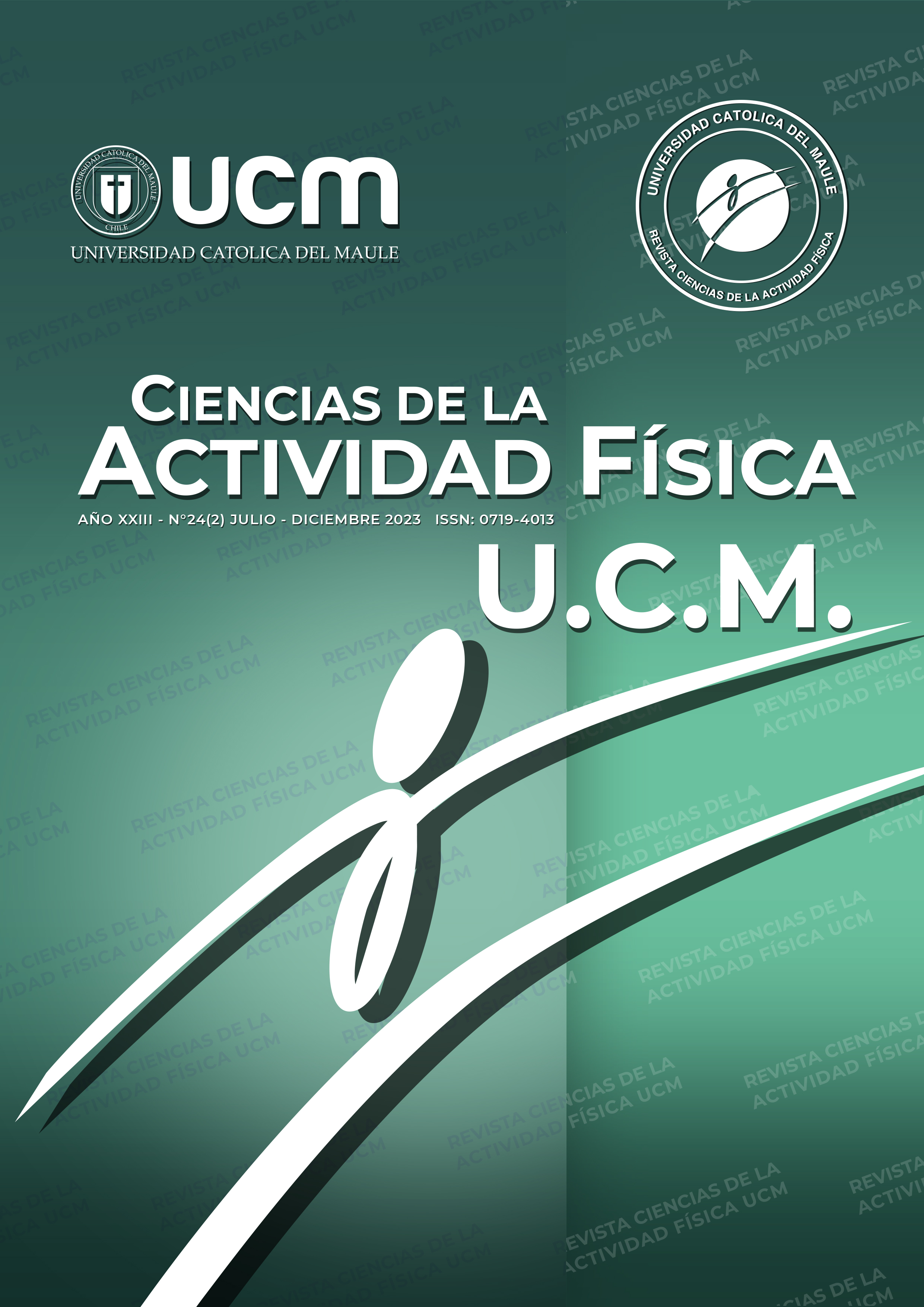Collaborative and Opposition Sports Teaching Comparative Analysis between Comprehensive Methodologies and the Traditional Model
Main Article Content
Abstract
The purpose of the study was to determine the effect produced by the application of a teaching unit for collaborative and oppositional sports designed on the basis of two proposals of the comprehensive pedagogical model: Teaching Games for Understanding and Cognitive Didactics, compared to a traditional teaching model. The sample consisted of students from 5th to 8th grade (12 to 14 years old). By means of observational methodology, the main efficient game actions in the dimensions of attack and defense were evaluated, in test and retest moments, to a control group (CG) and an experimental group (EG). The analysis of variance (MANOVA) and pairwise comparisons with Bonferroni correction applied with an alpha of 0. 05, showed significant differences between both groups in the motor actions of throwing in the effective zone (EG: 74.3% - CG: -16.7%) and simple passing (EG: -27.1% - CG: -3.1%), while descriptive analysis of the occurrence rates showed differences in the anticipation motor actions (EG: 211.1% - CG: 20%), efficient tackling (EG: 330.8% - CG: -7.1%) and untacking (EG: 400% - CG: 0%). The findings of both analyses show that the application of comprehensive methodologies in the teaching of collaborative and oppositional sports in the context of school physical education improves the quality of the game actions, compared to a traditional teaching model.


 https://orcid.org/0000-0001-5222-7459
https://orcid.org/0000-0001-5222-7459
